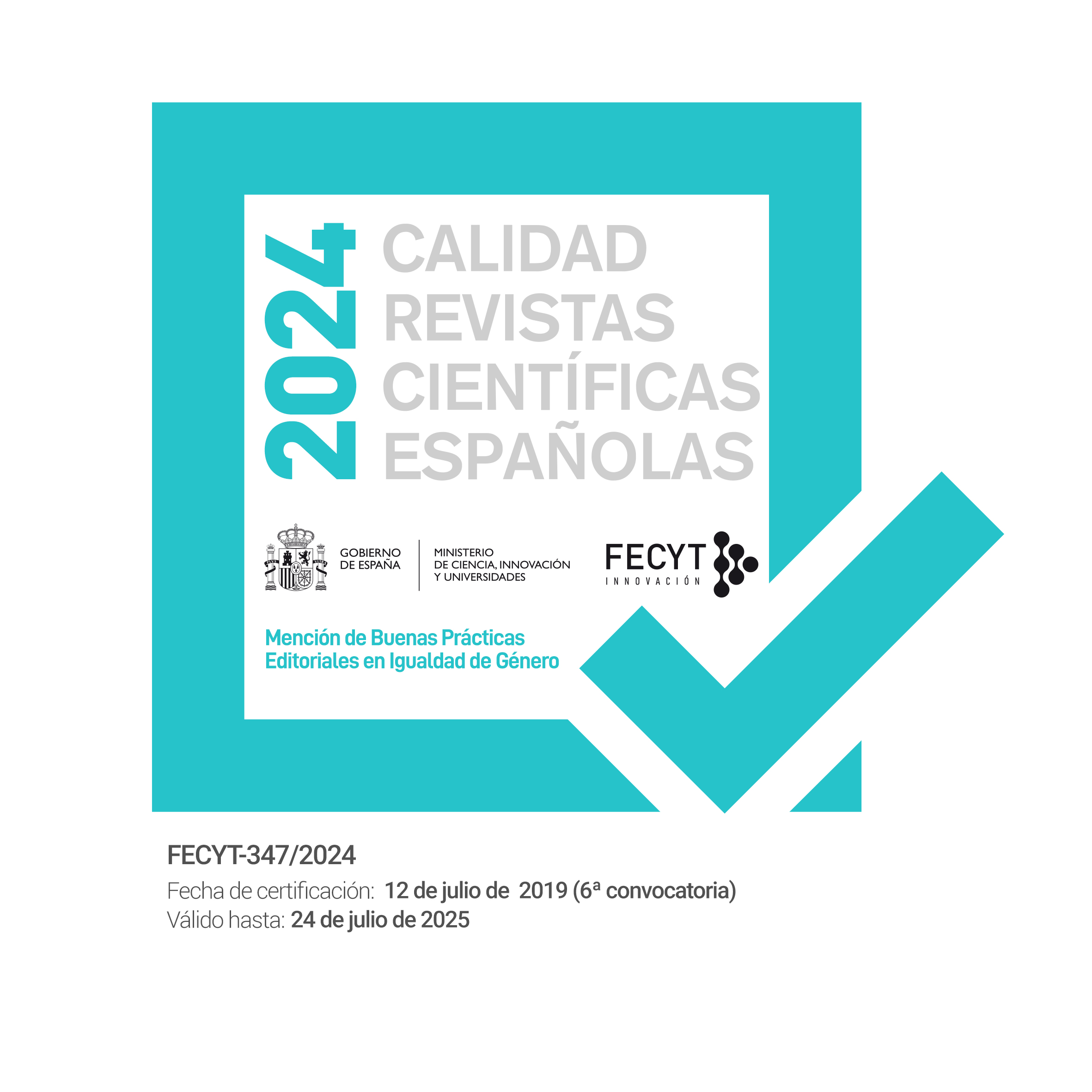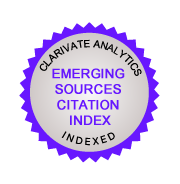The Rebuilding Task of Francisco Somolinos in Langreo, Asturias: The Parish Church of Santiago Apostol
DOI:
https://doi.org/10.5944/etfvii.4.2016.15463Keywords:
Post-war period, General Direction of Devastated RegionsAbstract
After the Civil War, the style established by the so -called General Direction of Devastated Regions ruled Spanish architecture. Since that moment, the most representative historic styles of Catholicism were recovered for the construction of new churches, such as the Romanesque or the Gothic style, because they were considered as suitable to show the essence and spirit of the religious institution. Thus, Santiago Apóstol parish church, built by Francisco Somolinos in the council of Langreo, is a great example of post-war religious architecture because it shows the new architectural tendencies during the first years of Franco’s dictatorship.Downloads
References
ANDRÉS EGUIBURU, Miriam: “Imágenes de posguerra: adopciones y transformaciones en el paisaje asturiano”, La Albolafia, 5, (2015).
ARANDA IRIARTE, Joaquín: Autores de arquitectura en Asturias. Madrid, Rigel, 2011
BONET CORREA, Antonio (coord.): Arte del franquismo. Madrid, Cátedra, 1981.
GARCÍA CUETOS, María Pilar; ALMARCHA NÚÑEZ-HERRADOR, Esther; HERNÁNDEZ, Ascensión: Restaurando la memoria. España e Italia ante la recuperación monumental de posguerra. Gijón, Trea, 2010.
GARCÍA CUETOS, María Pilar; ALMARCHA NÚÑEZ-HERRADOR, Esther; HERNÁNDEZ, Ascensión: (coord.): Historia, restauración y reconstrucción monumental en la posguerra española. Madrid, Abada, 2012.
JOVER ZAMORA, José María (dir.): “La época de Franco (1939-1975). Política. Ejército. Iglesia. Economía y administración”. Enciclopedia Historia de España Menéndez Pidal. Madrid, Espasa Calpe, 1996.
LLORENTE, Ángel: Arte e ideología en el franquismo (1936-1975). Política y Sociedad. Madrid, Síntesis, 2000.
MAS TORRECILLAS, Vicente Javier: Arquitectura social y Estado entre 1939 y 1957. La Dirección General de Regiones Devastadas, (Tesis doctoral), UNED, 2008.
PALACIOS, Francisco: Caciquismo, lucha localista y revolución en el Langreo contemporáneo. Oviedo, Lidergraf, 1992.
PÉREZ ROJAS, Javier: El siglo XX. Persistencias y rupturas. Madrid, Sílex, 1994.
PLATERO FERNÁNEZ-CANDAOSA, Ramón: Templos parroquiales construidos durante el pontificado de Fray Ramón Martínez Vigil, O. P. (1884-1904). Oviedo, Real Instituto de Estudios Asturianos, 2005.
RODRÍGUEZ MUÑOZ, Javier: La Guerra Civil en Asturias. Oviedo, La Nueva España, 2006.
RODRÍGUEZ MUÑOZ, Javier: Asturias bajo el franquismo. Oviedo, La Nueva España, 2010.
URÍA, Jorge: Cultura oficial e ideología en la Asturias franquista: el IDEA. Oviedo, Universidad de Oviedo, 1984.
URRUTIA, Ángel: Arquitectura española del siglo XX. Madrid, Cátedra, 2003.
VILAR, Pierre: La Guerra civil española. Barcelona, Crítica, 1986.
VV.AA: Asturias Contemporánea 1808- 1975. Madrid, Editorial siglo veintiuno de España, 1981.
VV.AA: Arquitectura en regiones devastadas. Madrid, Ministerio de Obras Públicas y Urbanismo, 1987.
VV.AA: Portfolio Fiestas de Santiago. Langreo, CAJASTUR, 1999.
VV.AA: Asturias. El siglo XX en imágenes. 1939-1959. El primer franquismo. La larga posguerra. La autarquía. Oviedo, Ediciones Nobel, 2007.
VV.AA: Portfolio Fiestas de Santiago. Langreo, CAJASTUR, 2008
WAHNÓN, Sultana: La estética literaria de posguerra. Amsterdam, Rodop, 1999.
FUENTES DOCUMENTALES INÉDITAS
Archivo General de la Administración, Fondo Dirección General de Regiones Devastadas, caja 3931, carpeta 26, Proyecto para la iglesia parroquial de Sama de Langreo.
Downloads
Published
How to Cite
Issue
Section
License
Authors who publish in this journal agree to the following terms:
- Authors retain copyright and grant the journal right of the first publication with the work simultaneously licensed under a license Creative Commons Reconocimiento-NoComercial 4.0 Internacional that allows others to share the work with an acknowledgement of the work's authorship and initial publication in this journal.

- Authors are able to enter into separate, additional contractual arrangements for the non-exclusive distribution of the journal's published version of the work (e.g., post it to an institutional repository or publish it in a book), with an acknowledgement of its initial publication in this journal.
- Authors are permitted and encouraged to post their work online (e.g., in institutional repositories or on their website) prior to and during the submission process, as it can lead to productive exchanges, as well as to earlier and greater citation of the published work (See The Effect of Open Access).








